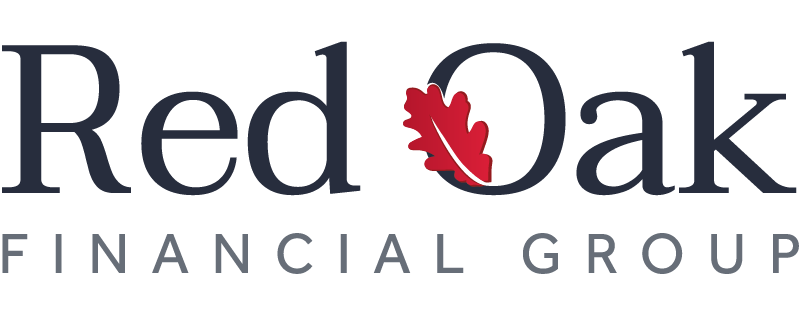What is the Fed and what do they do?
What is the Fed and what do they do?
We have been hanging on the Fed's every word for a couple of years now, as interest rates have risen precipitously over that time frame. What is the Fed and what do they control?
The "Fed" is the colloquial term for the Federal Reserve System- the central bank of the United States. They were established in 1913 with the enactment of the Federal Reserve Act of 1913 in order to influence the monetary system in the country and alleviate mass financial pressures and ramifications.
The Fed's primary responsibility is what is commonly referred to as its dual mandate: to maximize employment and stabilize prices. The Federal Open Market Committee (FOMC) convenes 8 times per year, typically every five to eight weeks, to set the Federal funds target rate range and disclose and discuss monetary policy. In short, the Fed funds rate is the lending rate that banks and credit unions charge each other for reserve balances. This rate, indirectly, affects other short term interest rates, such as Treasury Bills. The market participants will set longer term yields based on supply and demand factors.
As everyone knows, inflation has been extremely robust and sticky post-pandemic, and our day-to-day cost of living has continued to rise. The Fed tries to balance stabilizing prices in society (so that your eggs don't continue to climb in price) and maintaining full employment. The issue? If there is too much demand for goods and services in the economy, prices will rise and rise until that balance of supply and demand is back in equilibrium. How do you cut demand? The primary way is to slow the economy and increase unemployment so that less consumers have discretionary income to spend. Increasing the Fed funds rate will effectively increase longer term interest rates over time, and as a consumer you tend to feel it when your car loans and mortgage rates become higher. During this recent tightening cycle (making credit more expensive) the average 30-year home mortgage rate has increased from around 3% to around 8% (give or take). This leads to less housing demand and less housing construction, increasing individual's interest payments if they do take on new debt, and decreasing stimulation to the economy in sum.
The Fed fund's rate currently stands at 5.25%-5.50%, and many have their opinion on when and where it will go from here in the near term. Who knows for sure? One thing we do know is that credit has become materially more expensive over the last year, but that is a cost to making everyday goods and services prices more stable.
Consult a financial professional for advice.
-Your friends at Red Oak Financial Group

